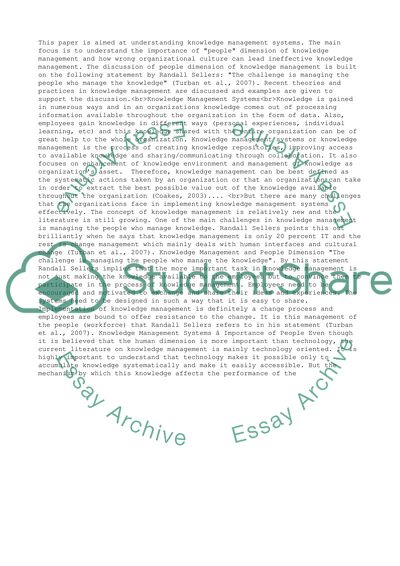Cite this document
(“Knowledge Management Systems Human Dimension and Organizational Essay”, n.d.)
Retrieved de https://studentshare.org/management/1393138-knowledge-management-systems-human-dimension-and-organizational-culture
Retrieved de https://studentshare.org/management/1393138-knowledge-management-systems-human-dimension-and-organizational-culture
(Knowledge Management Systems Human Dimension and Organizational Essay)
https://studentshare.org/management/1393138-knowledge-management-systems-human-dimension-and-organizational-culture.
https://studentshare.org/management/1393138-knowledge-management-systems-human-dimension-and-organizational-culture.
“Knowledge Management Systems Human Dimension and Organizational Essay”, n.d. https://studentshare.org/management/1393138-knowledge-management-systems-human-dimension-and-organizational-culture.


